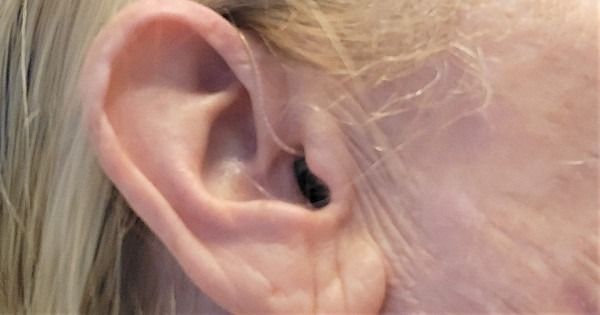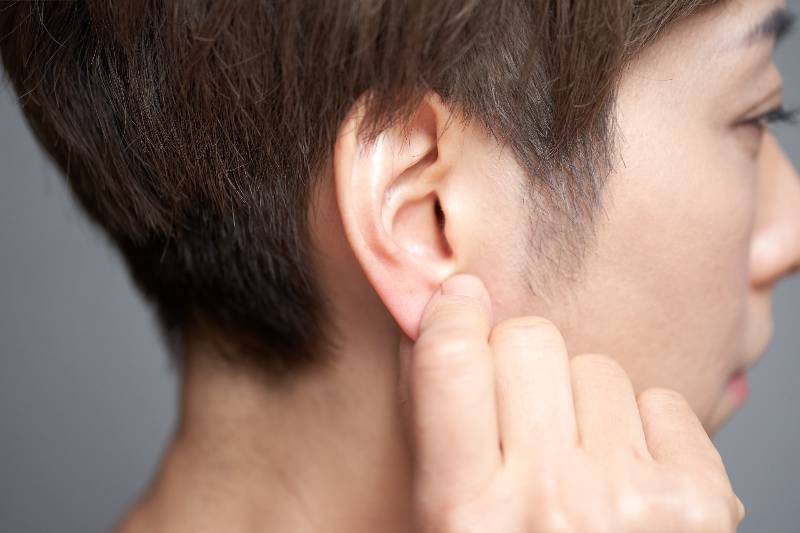Otosclerosis, a condition impacting the middle ear’s ossicles, is a significant cause of hearing loss in adults. This progressive ailment’s history is as intriguing as its medical implications, offering a window into the evolution of medical understanding and treatment.
Expanded Historical Insights into Otosclerosis
The journey of understanding otosclerosis begins in the 16th century. Italian anatomist Girolamo Fabrici was the first to document a case of ossicle hardening, a foundational observation in the study of this condition. Centuries later, in the 19th century, Johann Friedrich Dieffenbach, a renowned German physician, introduced the term “otosclerosis.” He meticulously documented its characteristics, noting its higher occurrence in women and its frequent association with progressive deafness. This period marked a significant shift in the medical community’s approach to ear-related ailments, laying the groundwork for future research and understanding.
As medical science advanced into the 20th century, theories about otosclerosis’s origins evolved. Initially, researchers speculated a viral cause, a hypothesis that was later disproved through more rigorous scientific inquiry. The mid-20th century brought a pivotal change in understanding otosclerosis. Researchers started to recognize its hereditary nature, leading to focused genetic studies in the 1960s. The discovery in the 1970s of a mutation in the collagen gene marked a turning point, revealing a crucial genetic component in the development of otosclerosis. This discovery not only enhanced the understanding of the condition but also opened new avenues for potential treatments and management strategies.
Detailed Epidemiology of Otosclerosis
Otosclerosis affects approximately 1-2% of the global population, with a notable prevalence in women. The condition’s likelihood increases with age, presenting a significant health concern for the aging population. In the United States, otosclerosis is most prevalent among Caucasians, followed by African Americans and Hispanics. This demographic distribution has prompted researchers to explore genetic and environmental factors contributing to the condition’s prevalence.
The stability of otosclerosis prevalence over the years is intriguing. Despite consistent rates, there has been a noticeable increase in diagnoses among younger individuals in recent decades. This trend is likely attributed to enhanced diagnostic techniques and a greater general awareness of the condition. Such advancements in diagnosis have not only helped in early detection but also in better management of the condition, improving the quality of life for those affected.
The Evolution of Otosclerosis Treatment
The treatment landscape for otosclerosis has undergone remarkable changes over the years. In the 19th century, the primary approach was surgical, involving the removal of ossicles. This procedure, while groundbreaking at the time, was fraught with risks and often led to further hearing impairment. The 20th century saw the introduction of medical treatments like antibiotics and steroids, but these were not particularly effective against otosclerosis.
The real breakthrough in otosclerosis treatment came with the development of hearing aids in the 1950s and cochlear implants in the 1960s. These technological advancements revolutionized the management of otosclerosis, offering patients significantly improved hearing capabilities. Today, these interventions are continually refined, providing even more effective solutions for those suffering from this condition.
Otosclerosis in Historical Figures
The impact of otosclerosis extends beyond the general population, having affected several historical figures. Ludwig van Beethoven’s struggle with otosclerosis is well-documented, with his profound hearing loss profoundly influencing his life and musical compositions. Other notable individuals who suffered from this condition include Victor Hugo, Winston Churchill, and Franklin D. Roosevelt. Their experiences with otosclerosis highlight the condition’s indiscriminate nature and its significant impact on individuals from various walks of life.
Conclusion
Otosclerosis presents a rich tapestry of medical history and advancements. From its initial descriptions in the 16th century to the groundbreaking genetic discoveries in the 20th century, our understanding of this condition has evolved dramatically. The resilience of those affected by otosclerosis, including renowned historical figures, underscores the human aspect of this medical journey. As research continues to unfold, the future holds promise for even more effective treatments, enhancing the lives of those living with otosclerosis.





